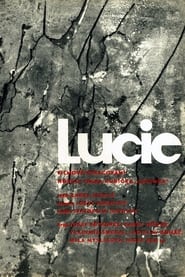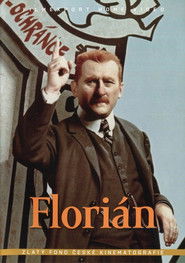detail profile zden c4 9bk braunschl c3 a4ger
Peran Yang Di Mainkan Zdeněk Braunschläger
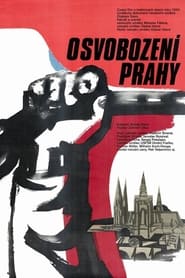 On 20th of April 1945 the Soviet...
On 20th of April 1945 the Soviet...The Liberation of Prague 1977
On 20th of April 1945 the Soviet army launches its attack on Berlin. The end has come for Nazi Germany and Hitler decides to commit suicide. In Prague K.H. Frank (Nazi Secretary of State and Chief of police in the Protectorate of Bohemia a Moravia) discusses with his commanders how to transform the city into an impregnable fortress, but the Praguers do not intend to wait any longer. From the early hours of 4th of May people start assembling in the streets and tearing down German signs. On the next day, the 5th of May, the uprising begins.
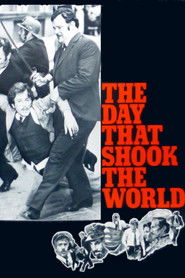 An historical depiction of the events...
An historical depiction of the events...The Day That Shook the World 1975
An historical depiction of the events preceding the political murder of Archduke Franz Ferdinand, would-be emperor of the Austro-Hungarian throne, in Sarajevo on June 28th, 1914.
 There are still water spirits among...
There are still water spirits among...How to Drown Dr. Mracek, the Lawyer 1975
There are still water spirits among us. One group lives in Prague, led by Mr. Wassermann, who is using his wife's family as a servants. All they need is their old house near the river. But the house is to be demolished. They have to stop it. And the only way is to drown Dr. Mrácek, who is responsible for the demolition. But he falls in love with Wassermann's niece Jana. He changes to fish, is mistaken for water spirit from Germany, is drowned and revived again. The other problem is the flour with ears... and so on...
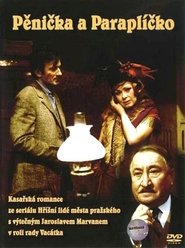 In the morning twilight of Prague...
In the morning twilight of Prague...Burglar and Umbrella 1971
In the morning twilight of Prague, the dead body of the safe-breaker Toufar is found floating on the river Vltava with a knife in his back. Police inspectors visit Toufar's lover, the prostitute Anna Kulatá (Jirina Bohdalová), nicknamed Umbrella, and it is apparent that the moment before she opened the door of her flat, someone fled through the window. Umbrella is summoned for examination to the head of the criminal police - Police Councilman Vacátko Jaroslav Marvan, but although shocked by the photograph of the dead man, she does not confess to anything. Before Toufar, Umbrella lived with the safe-breaker Penicka (Radoslav Brzobohatý), who loved her very much and made her quit her street trade. But when he was sentenced to three years' imprisonment, Umbrella began to live with the brute Toufar, who chased her to street again. In the case of the murder, Penicka is therefore the prime suspect.
 When a comet passes the Earth...
When a comet passes the Earth...On the Comet 1970
When a comet passes the Earth very closely, it pulls a small part of North Africa, and a small swathe of humanity, along with it.
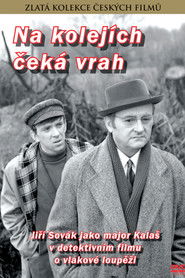 An escort composed of three people...
An escort composed of three people...A Killer on the Tracks 1970
An escort composed of three people transports a huge amount of new one-hundred crown banknotes in a special railway car. At the 196th kilometer, a village girl is waiting at the railway crossing and spots two men removing some packages from the track. The scene is immediately followed by the report of a gun and the unwanted witness is shot dead. Soon afterwards, on the 201st kilometer, the train explodes. Only one of the escorts Lenk (Radoslav Brzobohatý) survives the explosion, taken to hospital with serious injuries. Criminologist Major Kalas (Jirí Sovák) and the very young Second Lieutenant Karlícek (Jaromír Hanzlík) patiently gather facts, leads and testimonies.
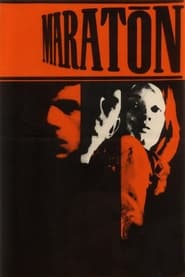 It is 5 May 1945 and the uprising...
It is 5 May 1945 and the uprising...Maratón 1968
It is 5 May 1945 and the uprising against the hated German occupiers has broken out in Prague. The Czech guards open the gate of the Pankrác prison to allow the prisoners to escape en masse. Many of them are shot dead by the German guards but young Ruda (Jaromír Hanzlík) manages to run away. He is taken care of by one of the Prague fighters, concierge Kytka. Kytka hides him in the flat of the house's owner where only the young maid Karla (Jana Brejchová) is left, ordering her to take care of Ruda.
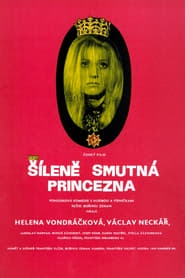 Musical fairy tale tells the story...
Musical fairy tale tells the story...The Terribly Sad Princess 1968
Musical fairy tale tells the story of prince and princesses from neighbouring friendly countries who have to marry each other, as decided by their wise fathers with their advisors. However, the royal children want to decide their fate themselves. They meet in the royal garden, where princess pretends to be a maid and prince to be a herdsman. Prince under cover is imprisoned and helps princess with rebellion. She becomes sad all the time, because she does not want to marry anyone. Luckily, love finds way to their life . . .
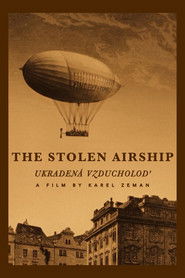 The Stolen Airship Czech Ukraden vzducholod...
The Stolen Airship Czech Ukraden vzducholod...The Stolen Airship 1967
The Stolen Airship (Czech: Ukradená vzducholod) is a 1967 live-action/animated film by Czech filmmaker Karel Zeman. The story is based loosely on Jules Verne's novels Two Years' Vacation and The Mysterious Island. The film in Art Nouveau style consists of live-action scenes, generally shot in black and white, as well as hand-drawn, stop motion, and cutout animation. Various live-action and animated elements are often composited into the same scene.
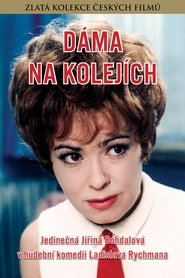 Tram driver Marie has far too...
Tram driver Marie has far too...Lady on the Tracks 1966
Tram driver Marie has far too much to do after her shift is over. But she likes to do it all since she loves her husband Václav sincerely. One day she spots him on the Lesser Town Square in Prague, kissing an attractive blonde good-bye. It seems to Marie that her small comfortable world has collapsed and she walks out of the tram in tears. But her sadness does not last long. She wipes off the tears and begins to act. She withdraws all the money from their savings books and buys off all the latest models from the Fashion Works. The visit to the beauty salon then completes her transformation into a lady.
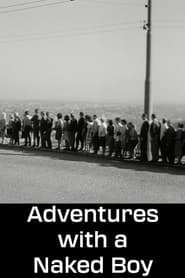 A man boards on a tram...
A man boards on a tram...Adventures with a Naked Boy 1965
A man boards on a tram together with a naked boy. Somebody has stolen the boy's clothes when he was out bathing, leaving him with not even change for the tram. The man has taken care of him and is taking him home. At first nobody notices them but as soon as the people realize they are seeing something out of the ordinary they begin to react to the situation. Some are content with the simple explanation as to why the boy is naked. Others are agitated, for they see the whole situation as something unseemly. An ordinary incident, which might have been passed over in silence, results in a heated argument that turns into a fight. More and more people join in the fight until the police are forced to intervene.
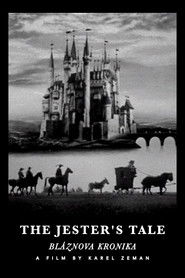 An antiwar black comedy set during...
An antiwar black comedy set during...The Jester's Tale 1964
An anti-war black comedy set during the Thirty Years' War. It follows ploughman Petr, recruiter Matěj and country girl Lenka who get caught up in both sides of the war and experience many adventures before they find happiness. The film combines live action with animation to suggest the artistic style of the engraver Matthäus Merian.


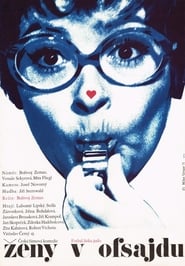 Kastl is a hairdresser but his...
Kastl is a hairdresser but his...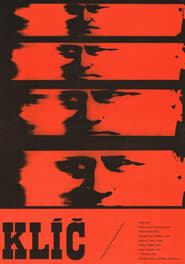 Jan Zika is the legendary hero...
Jan Zika is the legendary hero...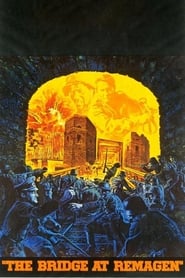 In March of 1945 as the War...
In March of 1945 as the War...